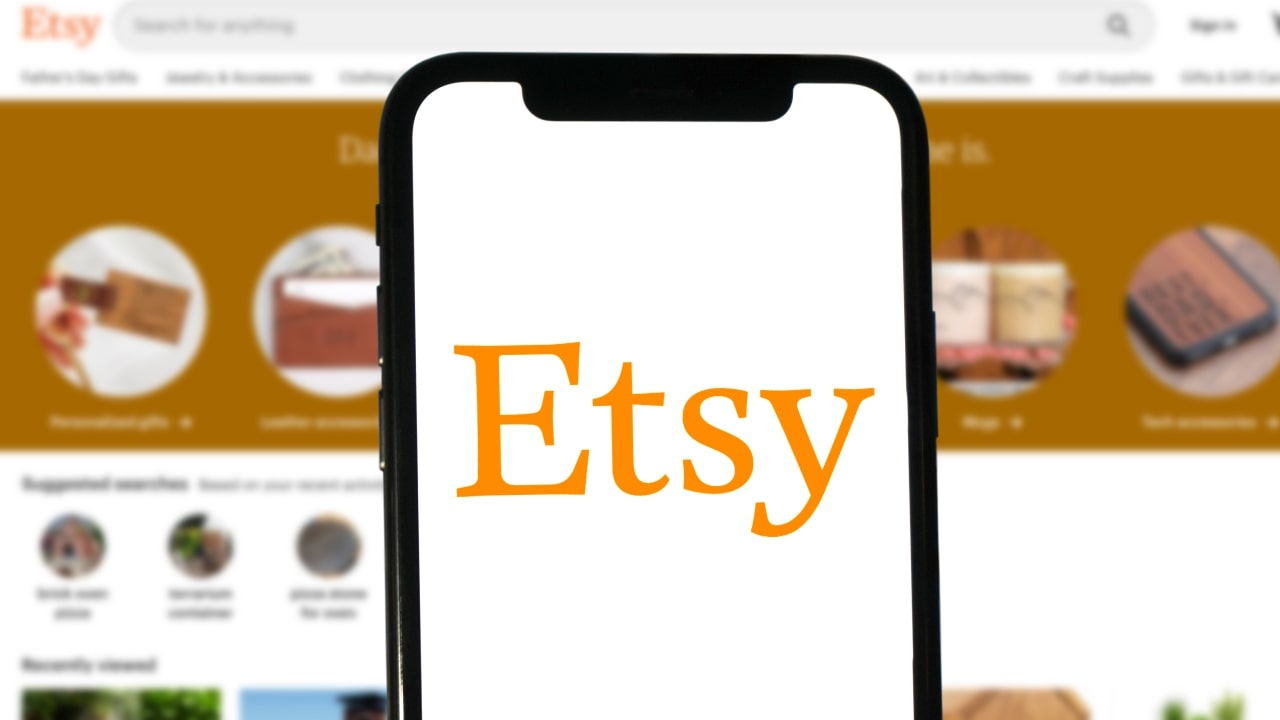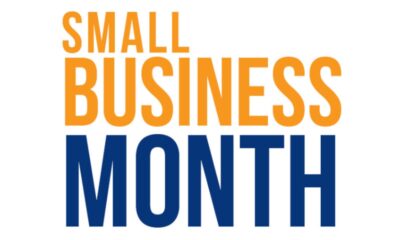Business
Steps to Follow to Create and Setup Etsy Account to Start an Etsy Shop for a Small Business

Selling your handmade or vintage item in person was the only option available not too long ago. But now that e-commerce has taken off, you have an enormous array of options. Although you can list products on online marketplaces such as Amazon and eBay, you may be better off targeting the over 95 million consumers who are actively searching for handmade and vintage goods.
Now for Etsy.
Over 7.5 million people have used Etsy to sell handmade and vintage goods to customers around the world. Additionally, if you’re thinking about joining them, you’ll need to learn how to start an Etsy store. Thankfully, all the actions you require are compiled here.
Table of Contents
Create an Etsy account
You must first create an account on Etsy. Using the platform, this is reasonably simple: Simply visit Etsy and select “Sign In” in the top-left corner (this is the simplest method to get started).
Click “Register” in the top-left corner of the resulting sign-in pop-up window. To create an account, you can either use the form or your Apple, Facebook, or Google logins.
Etsy will send you an email to verify your contact information. To set up your account, follow the steps.
Set up your storefront
The first step in learning how to start a small business on Etsy is to create an account, but you can’t stop there. Additionally, you must establish your reputation as an Etsy seller. That entails logging into your account, going to the Seller page, and selecting “Get Started.”
When opening an Etsy shop, you will be asked a few questions about your business, including where it will be located and what language and currency you would like to use. You can obtain resources from the company as part of that process, such as branding your store and expanding your international sales.
Keep in mind that local laws still apply even though selling on Etsy technically does not require a business license. To find out if you need to obtain a license before you can begin selling, check the laws that are applicable in your area.
Although obtaining a license is not always necessary, you must be prepared to select the name of your store. Spaces, special characters, and accented letters are not allowed. The character count must be between 4 and 20. You can change the name of your shop later, so don’t worry too much about it now.
Add items to your shop
Stocking your shop is a necessary step in the Etsy seller setup process. Since you can’t launch your shop without this item, this can be one of the most difficult obstacles you face when figuring out how to start an Etsy business. To put it another way, you won’t be able to open an Etsy shop until you’re prepared to add product photos, create descriptions, and choose a price.
Apart from simply listing the products, you also need to decide how to ship them. Fortunately, compared to other websites, starting a business on Etsy may be simpler in this particular area. By purchasing your shipping labels straight through the Etsy platform, you can save up to 30% on shipping costs and have Etsy calculate them for you.
Set up billing and payment details
On the “Stock your shop” page, after you click “Save and Continue,” a page devoted to collecting payment from you and paying Etsy will appear.
Here, you must link a business bank account for Etsy to pay you, and you must add a credit or debit card to make payments to the business.
Use Plaid, which offers several tools to protect your data, to link your Etsy shop to a bank account located in the United States. Etsy mandates that sellers enable two-factor authentication to protect their information even more. You will be able to establish your shop after you have completed that.
Open your Etsy shop
Congrats! You’ve successfully mastered the process of starting a small business on Etsy once you get to this stage.
You can now share the link to your shop with your social media network, friends, and family, as well as anybody else you choose. Officially, you can begin running ads as well, whether it’s through Facebook ads or local newspaper ads.
How to personalize your Etsy shop
Even though you’ve mastered the art of starting an Etsy business and your shop is active, there’s still plenty to learn about managing an Etsy business.
To differentiate your store from the competition, you should make it uniquely your own. You can complete that using your:
- Shop icon (essentially, your logo on Etsy)
- Banner
- Welcome message
These are customizable via your Shop Manager. Ideally, your banner and icon should perfectly capture your shop’s essence and blend in with the pictures you’ve selected for your product listings.
Don’t forget to be personable when interacting with clients. Remain attentive when customers purchase from you or send you messages via your store. You may be qualified to become an Etsy star seller if you regularly offer excellent customer service.
What is the price of selling something on Etsy?
Make sure your business will turn a profit before you launch it on Etsy. Remember to account for Etsy’s fees when you’re doing the math, from adding up the cost of materials to planning your shipping costs.
There are three ways the platform charges sellers:
- Listing charges. The flat fee on Etsy is $0.20 per listing. That charge is incurred whether or not the item is sold. If you want to add features like auto-renewal, which automatically relists the item on your page after it sells, this cost may increase.
- Transaction fees. Etsy takes 6.5 percent of the total order amount (including shipping and gift wrapping fees) when one of your products is sold.
- Payment processing fees. Each time a payment is processed through Etsy, sellers in the United States are charged a flat fee of $0.25 plus 3 percent of the total amount.
In conclusion
You are now aware of the procedures you must take to establish an Etsy business. Thankfully, the platform makes it fairly simple. Setting up your product pricing and photos so you can load them in as you build your shop is actually the hardest part. When determining the pricing, remember to factor in the fees that Etsy charges its sellers.
-

 Sports4 weeks ago
Sports4 weeks agoAl Ahly vs Inter Miami, 2025 FIFA Club World Cup – Preview, Prediction, Predicted Lineups and How to Watch
-
Health3 weeks ago
Back to Roots: Ayurveda Offers Natural Cure for Common Hair Woes
-

 Tech3 weeks ago
Tech3 weeks agoFrom Soil to Silicon: The Rise of Agriculture AI and Drone Innovations in 2025
-

 Startup4 weeks ago
Startup4 weeks agoHow Instagram Is Driving Global Social Media Marketing Trends
-

 Sports3 weeks ago
Sports3 weeks agoFIBA 3×3 World Cup 2025: Full Schedule, Preview, and How to Watch
-

 Science4 days ago
Science4 days agoJuly Full Moon 2025: Everything You Should Need to Know, When and Where to See Buck Moon
-

 Gadget3 weeks ago
Gadget3 weeks agoThings to Know about Samsung Galaxy S26: What’s New and What’s Next
-

 Sports4 weeks ago
Sports4 weeks agoWorld Judo Championships 2025: Full Schedule, Date, Time, Key Athletes and How to Watch

























